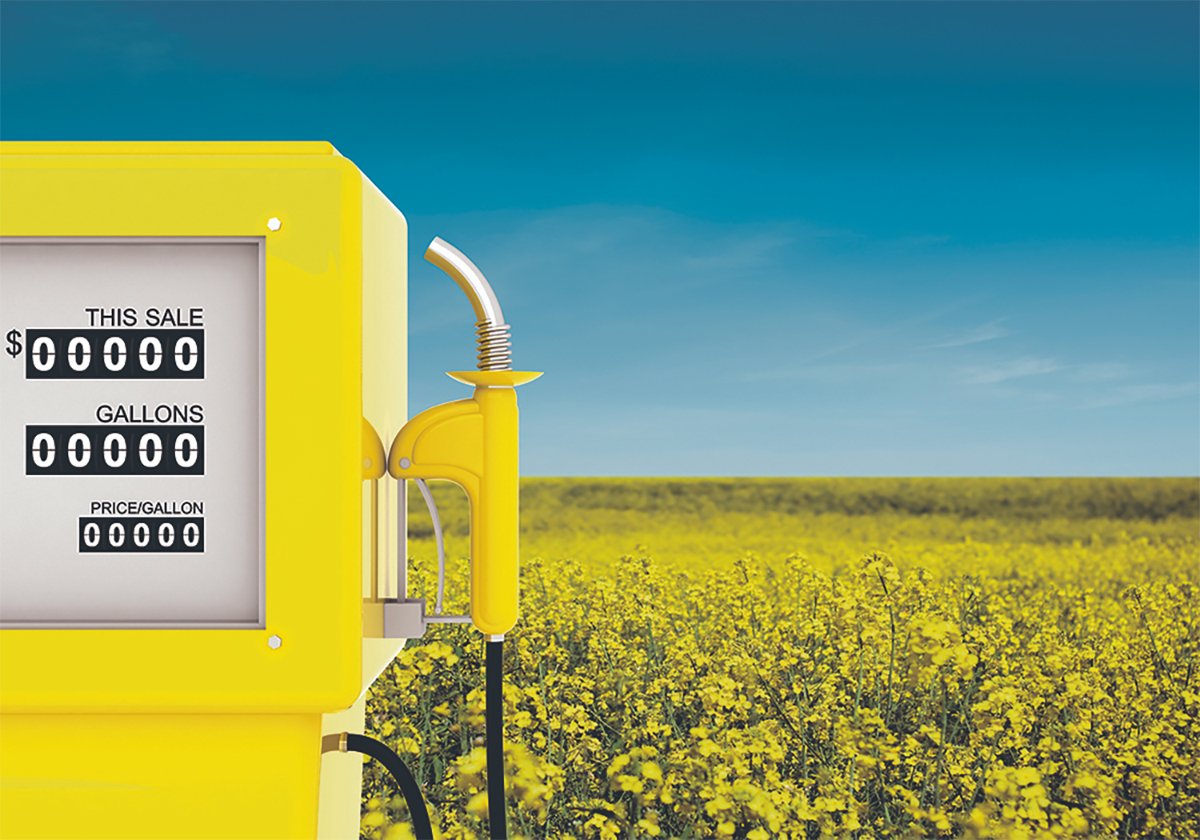Is the commodities bull market, which has been one of the biggest financial stories in years, yesterday’s news?
A lot of commodities analysts and reports from brokerages say the commodities’ “super cycle” has peaked and prices will fall.
But farmers and others heavily invested in the commodity production economy can be forgiven for being confused by a bewilderingly contradictory collection of opinions about the world commodity outlook.
On the same day that world investing giant Merrill Lynch produced a report saying that speculative investors had driven commodities prices too high, its website predicted continued high commodity prices.
Read Also

Biofuel sector happy with federal budget
Advanced Biofuels Canada says new Biofuel Production Incentive is a lifeline until CFR amendments are in place.
The website said: “In 2007, Merrill Lynch expects growth in supply for most major commodities to remain constrained and demand to expand further, albeit at a pace consistent with a deceleration in global economic activity to 4.4 percent.”
It added that limited inventories of some commodities leave almost no cushion against changes in supply or demand.
The company “believes that commodity prices will stay high and volatile, providing a boost to commodity-exporting economies.”
But in an Oct. 4 report, Merrill Lynch commodities analyst Richard Bernstein seemed to suggest the opposite.
He wrote, “by our reckoning, commodities’ prices are now about 60 percent above what could be explained by fundamental supply and demand.
“We find it amusing that a consensus has now formed that housing is speculative and overdue for an extended pullback, yet many commodities have appreciated much more than housing has, and have done so in a shorter period of time.”
The Globe and Mail’s Report on Business contains similarly divergent news. Aluminum company Alcan’s chief executive officer said his company decided not to buy other mining companies because commodities are at the top of the cycle.
Oil prices have fallen well below their $ 78 per barrel peak. One ROB story began: “Oil prices plunged below $60 (US) a barrel yesterday to their lowest level in seven months as weakening demand and robust supply left the world awash in crude.”
Yet the next day the Globe reported on a federal study suggesting natural gas production will plunge in the next 13 years and that Canada will be unable to provide the United States with increasing quantities.
The study said Canadian production of oilsands crude will almost double in the same period, but this is expensive to produce and consumes natural gas in the process.
“There are troubling questions regarding both natural gas and oil output, particularly if concerns about global warming eventually force the industry to reduce greenhouse gas emissions,” said the story.
Gold and copper prices have slid. Aluminum is well off its highs.
And in agriculture, soybean prices have been somnolent recently and cereal grain prices didn’t maintain their early year surge, although they are relatively strong and climbing again.
So, what’s the story on whether the commodities market is set for a boom or a bust?
Well, there are a lot of stories to pick from.















